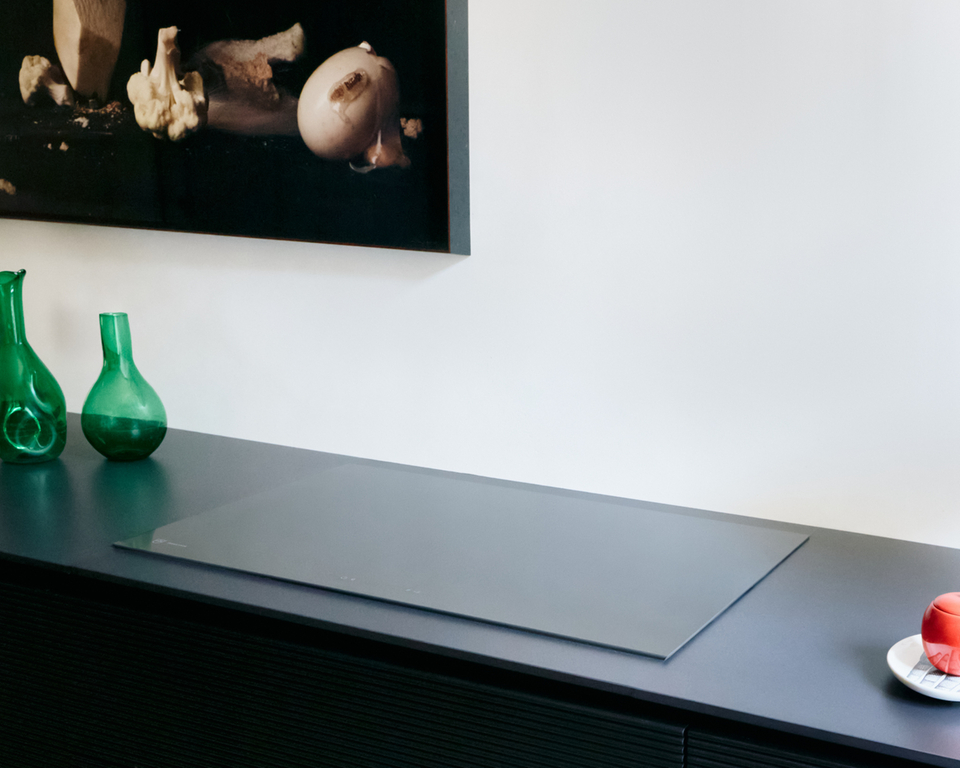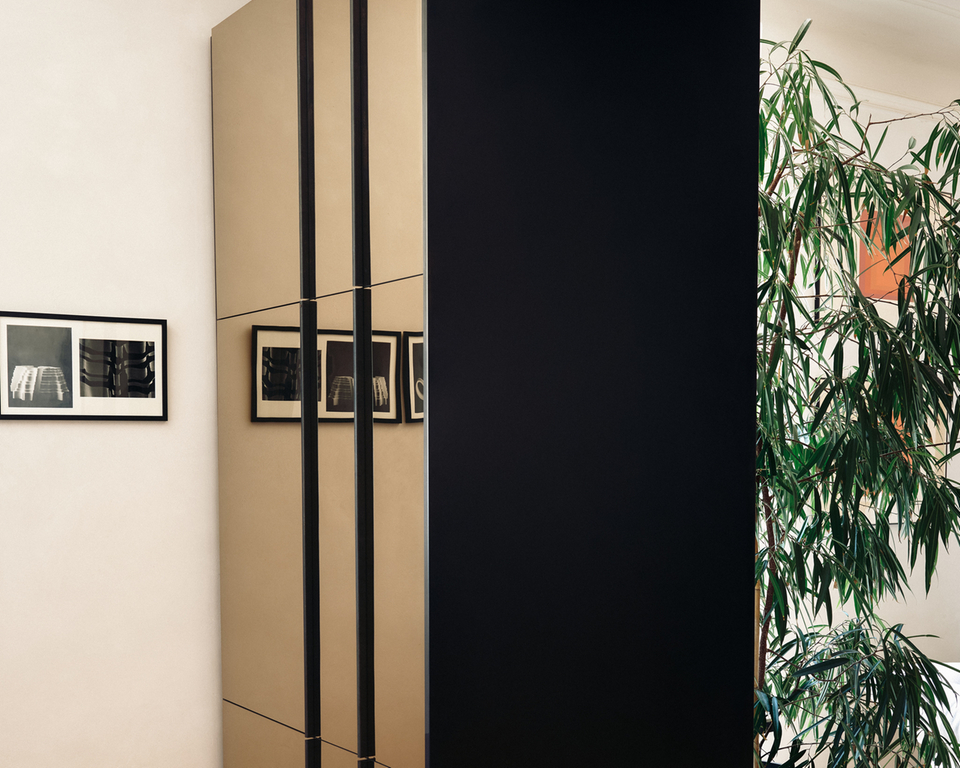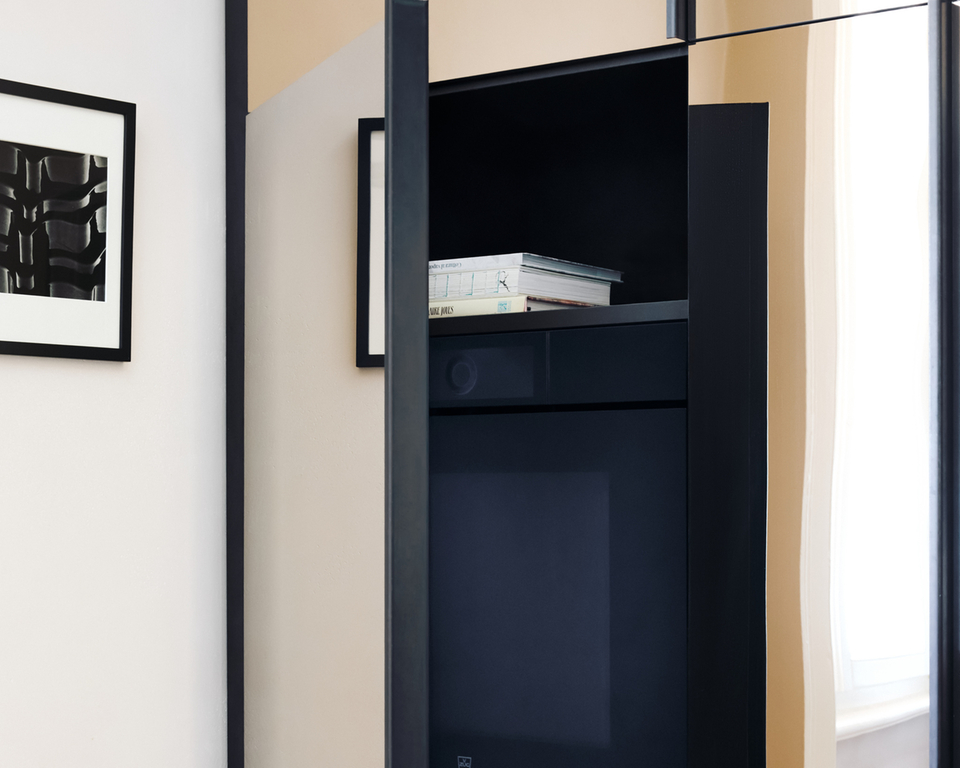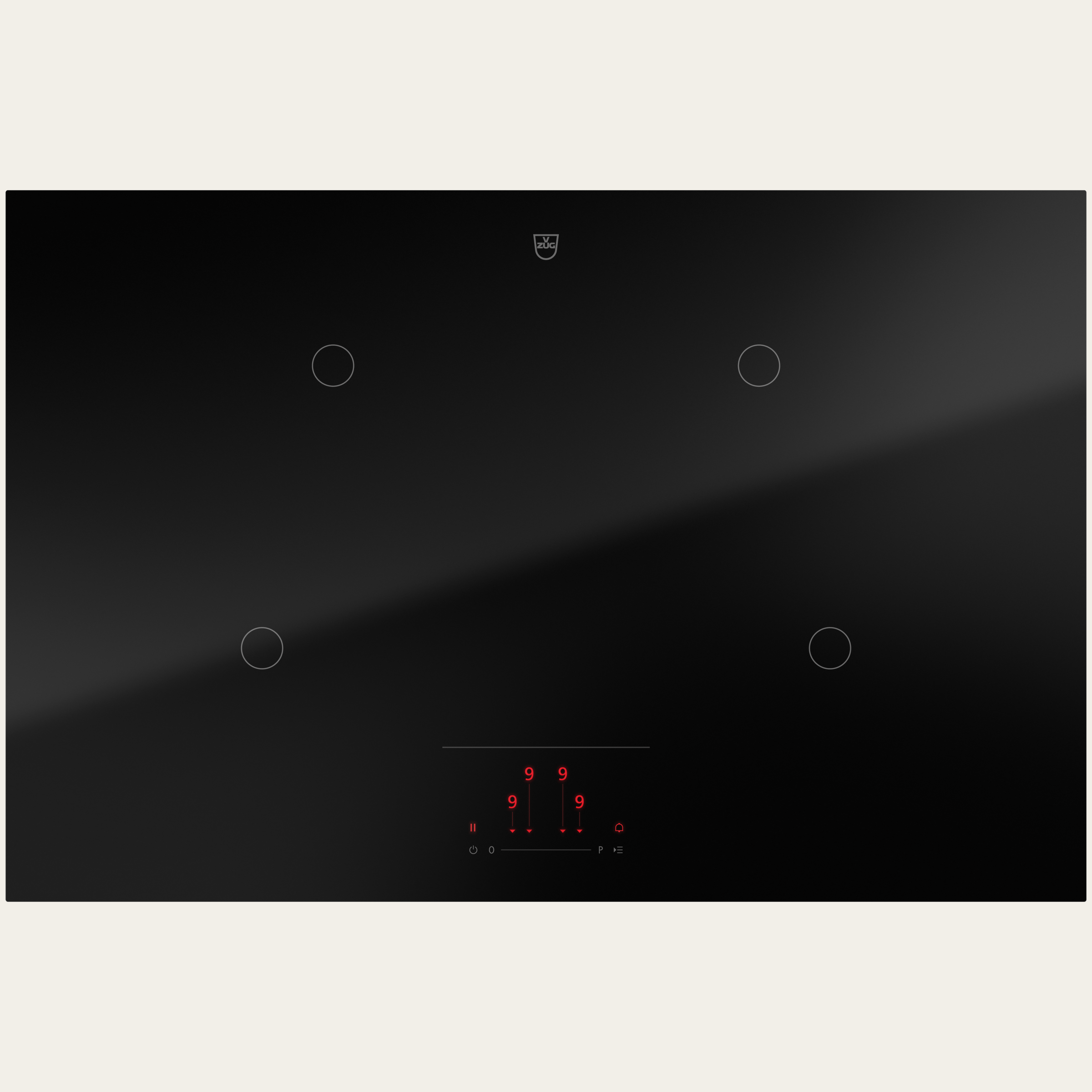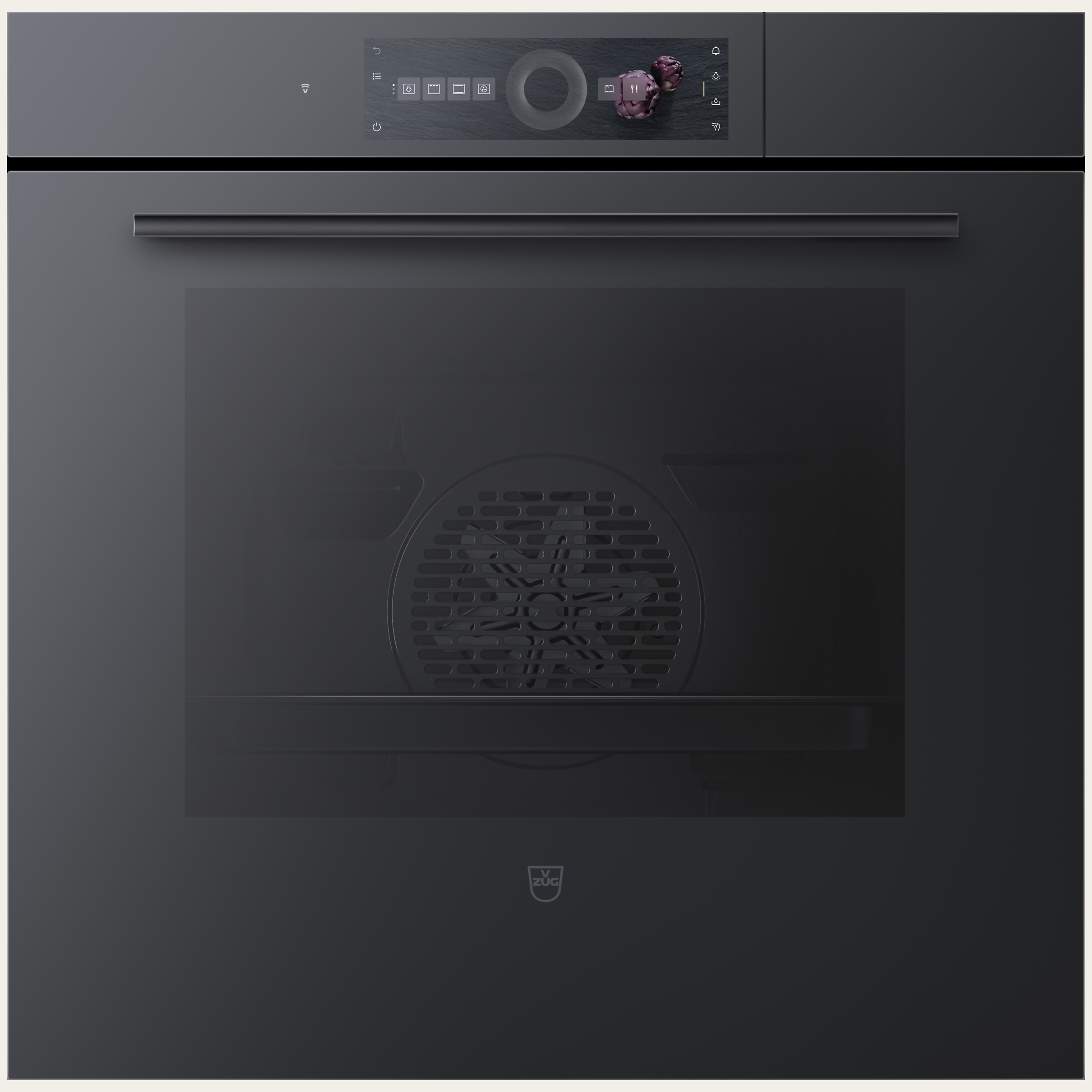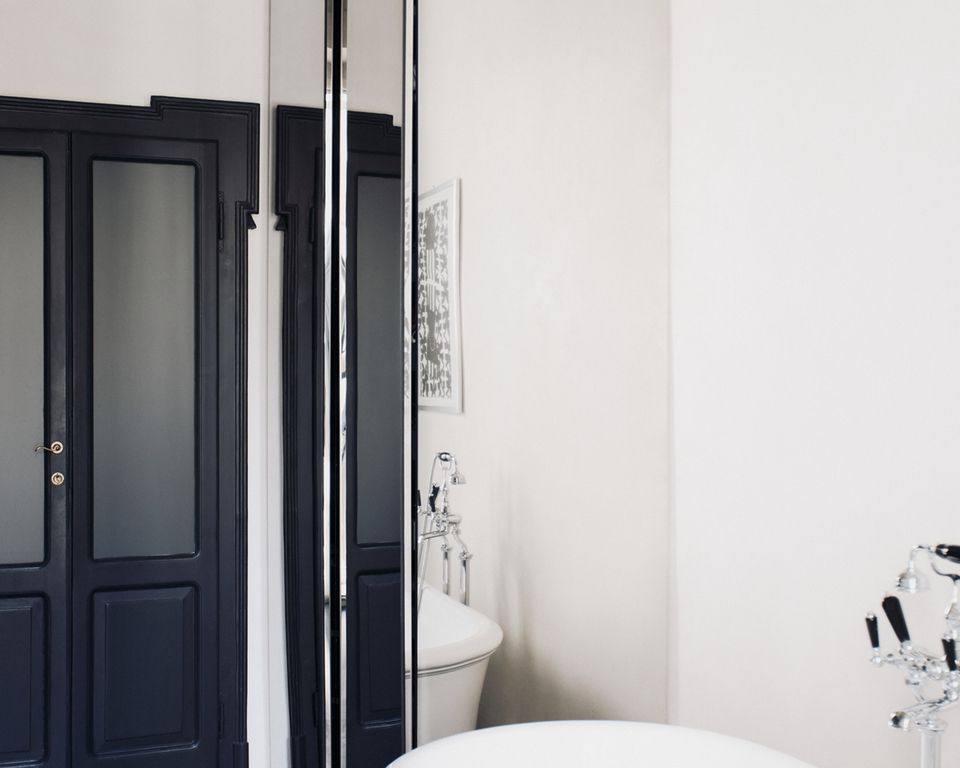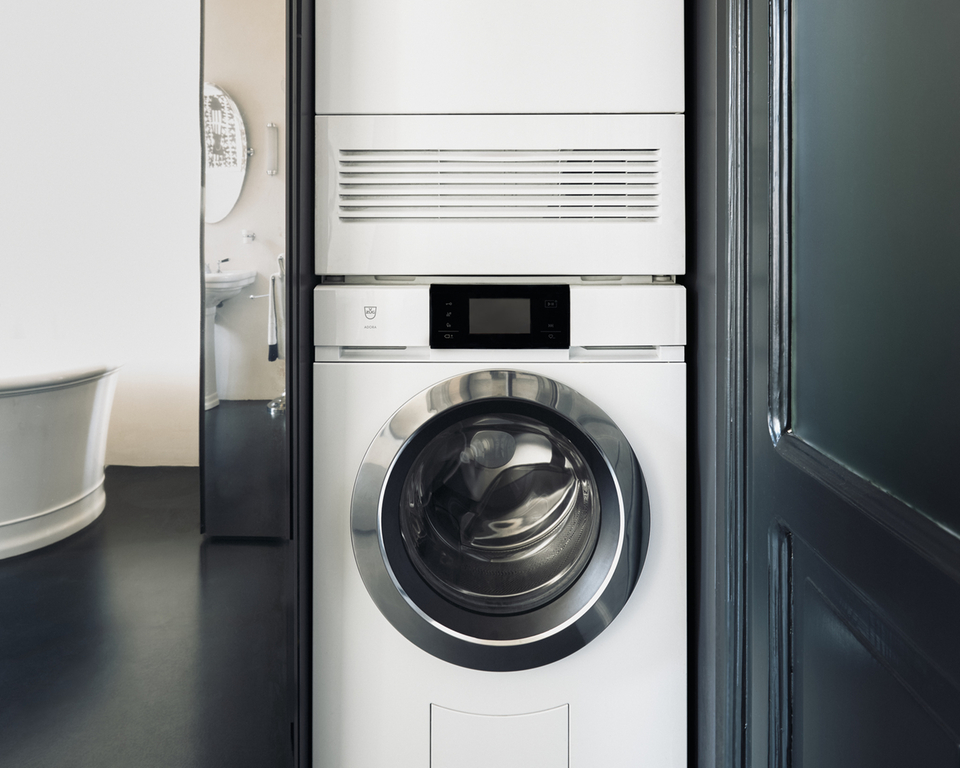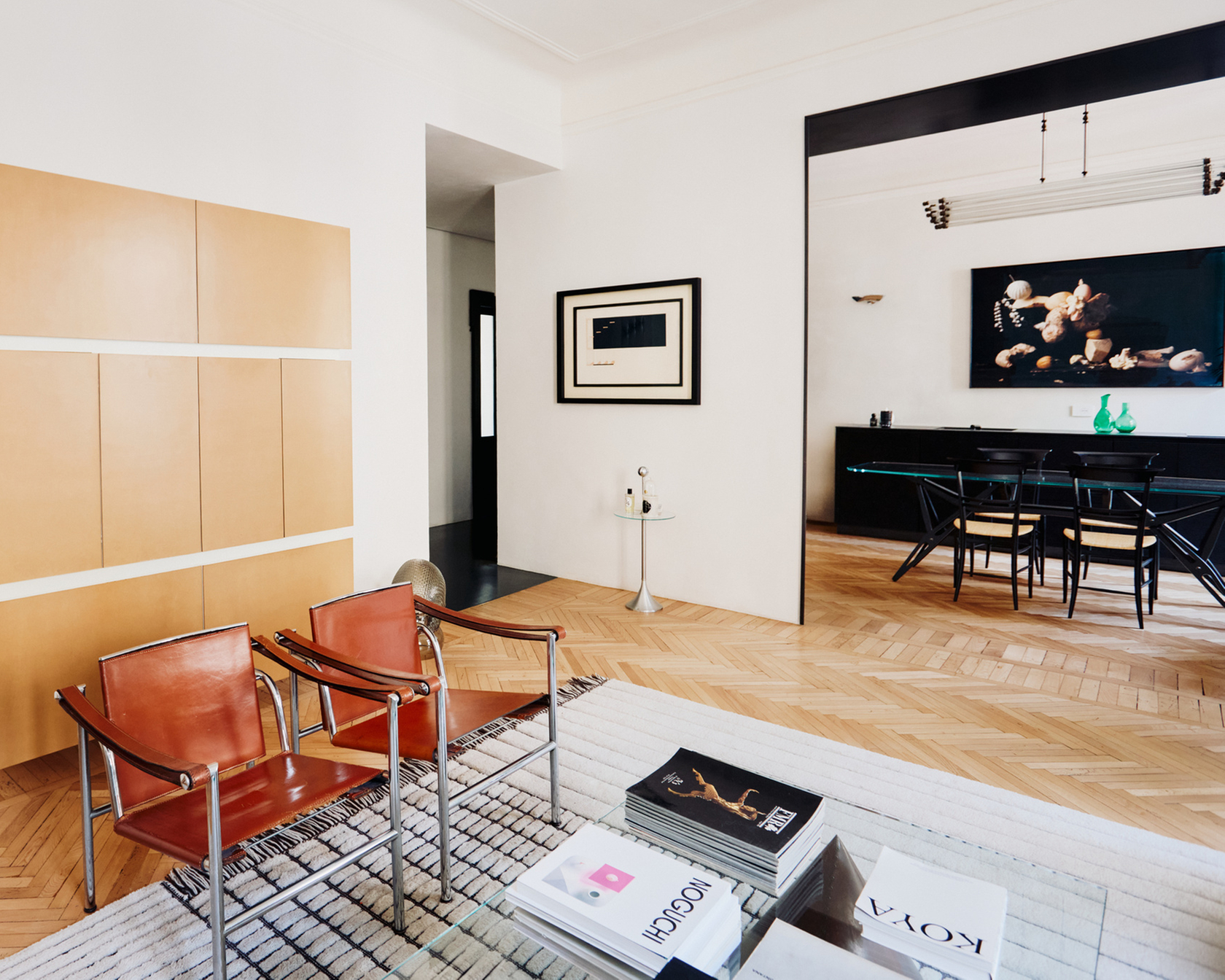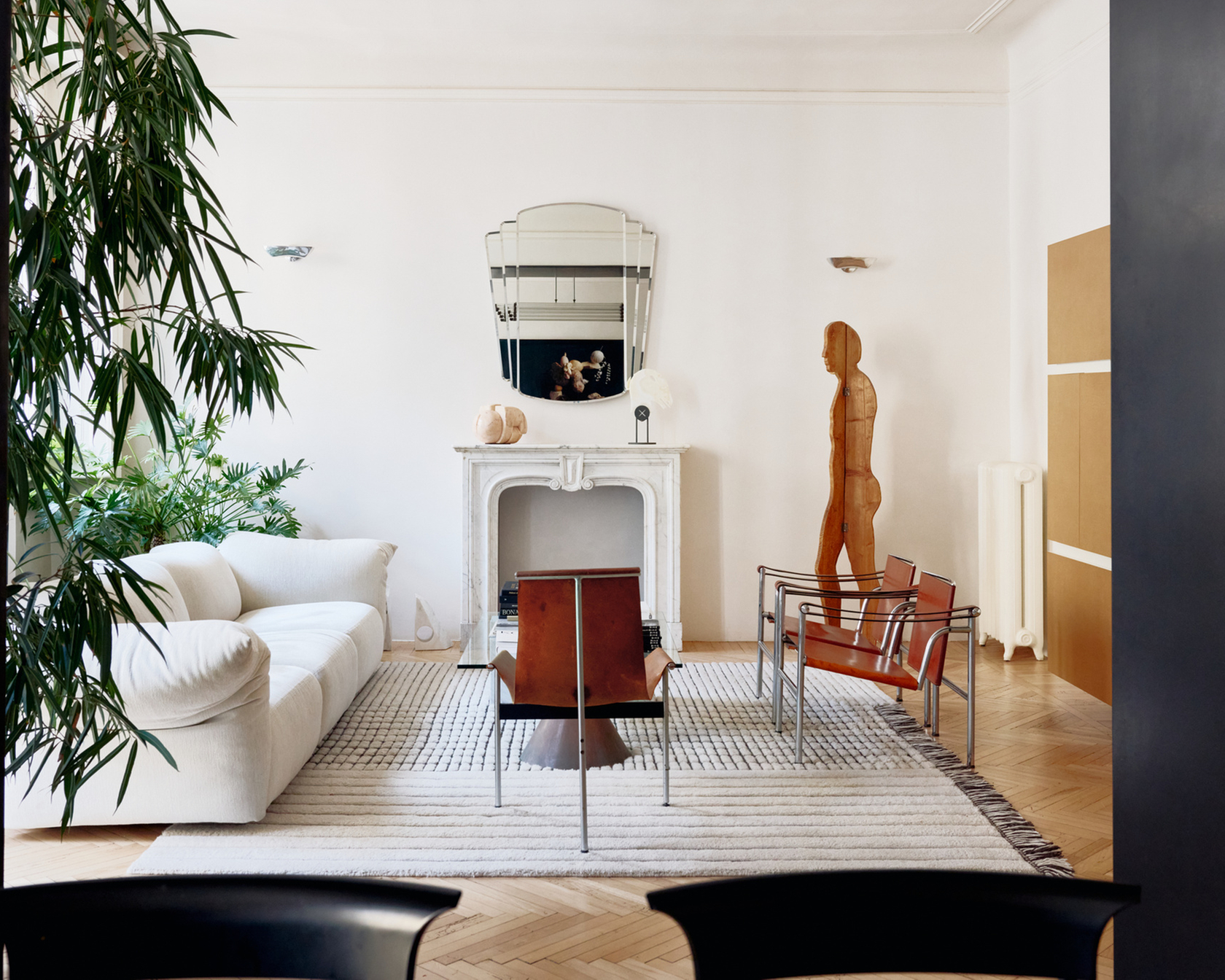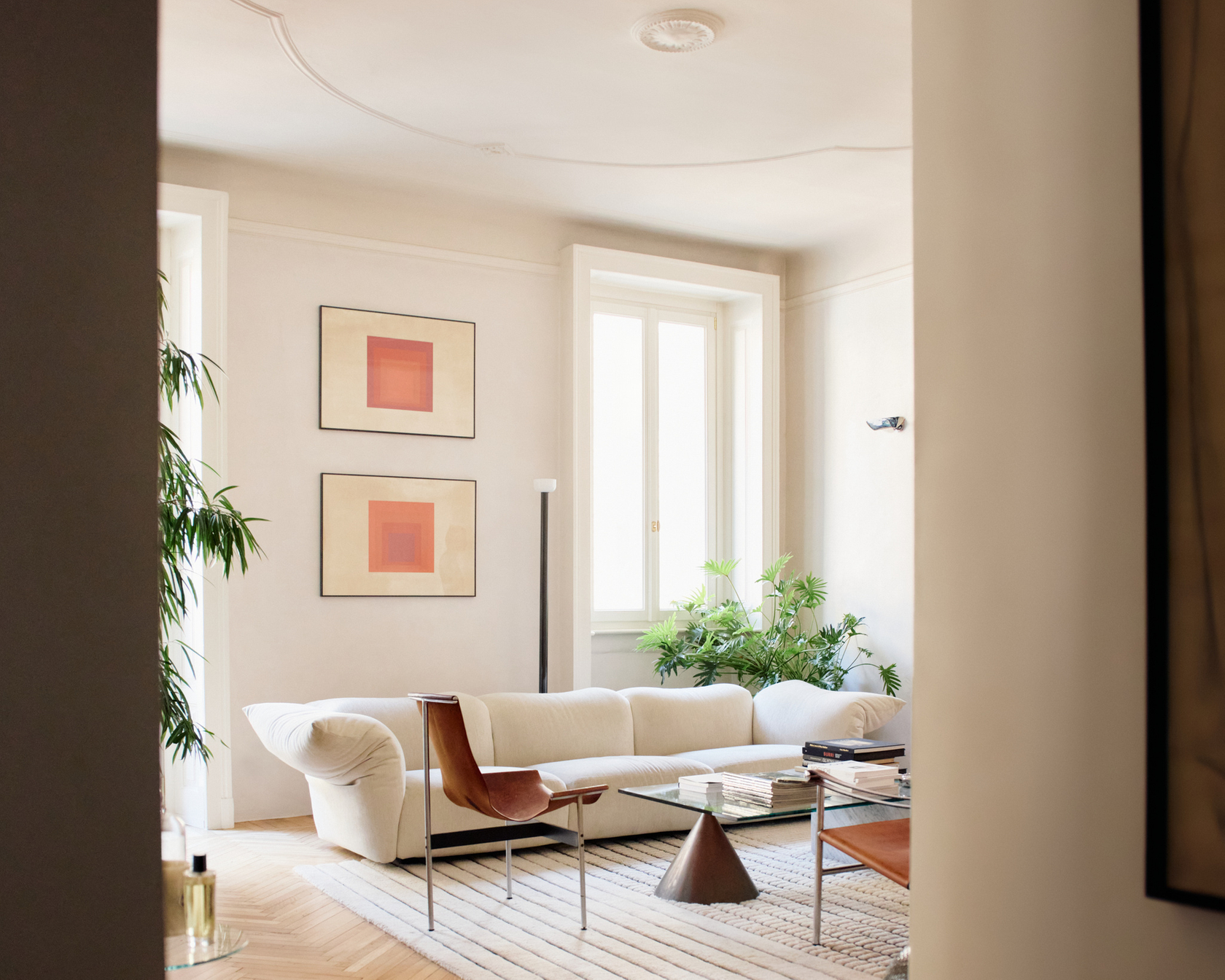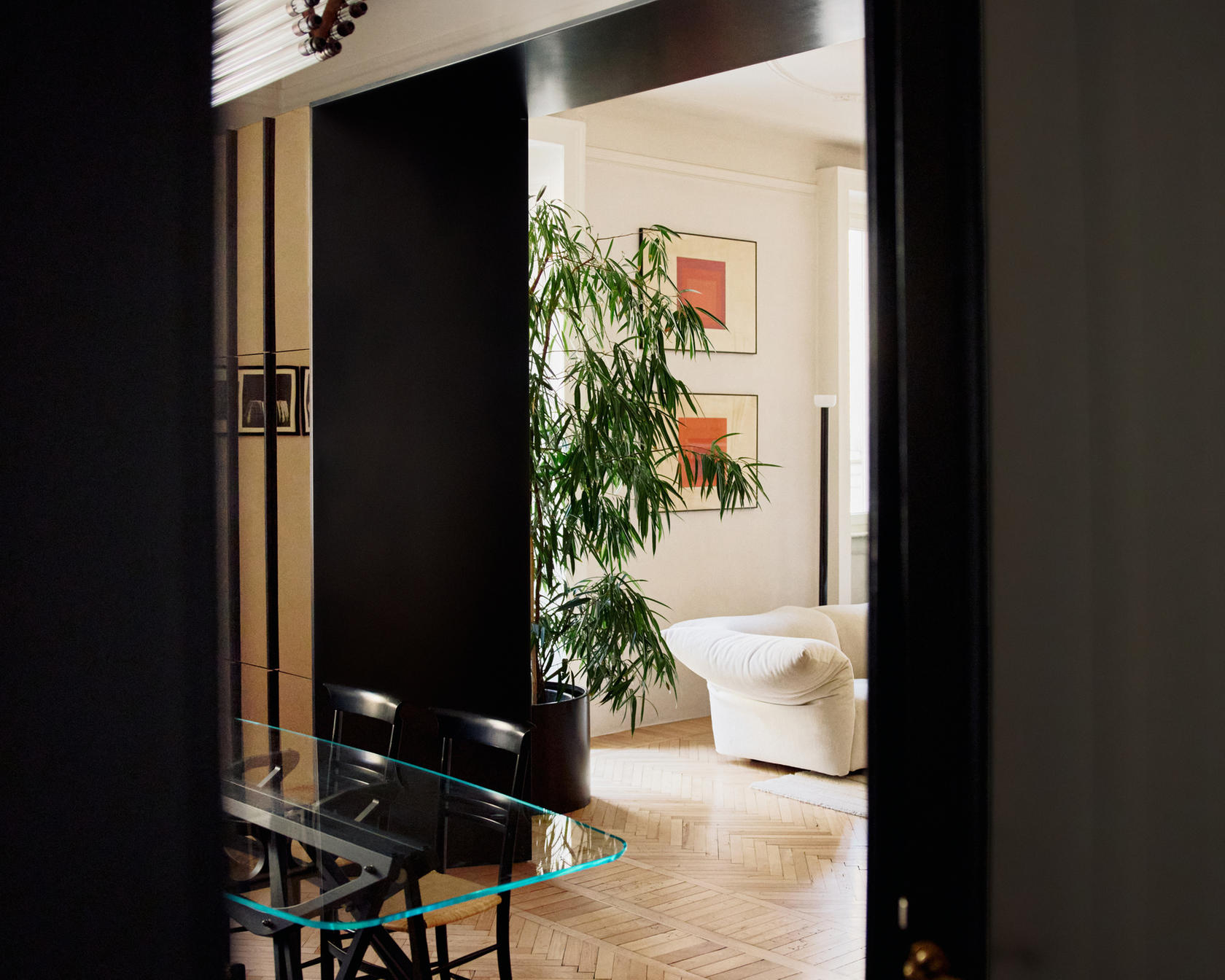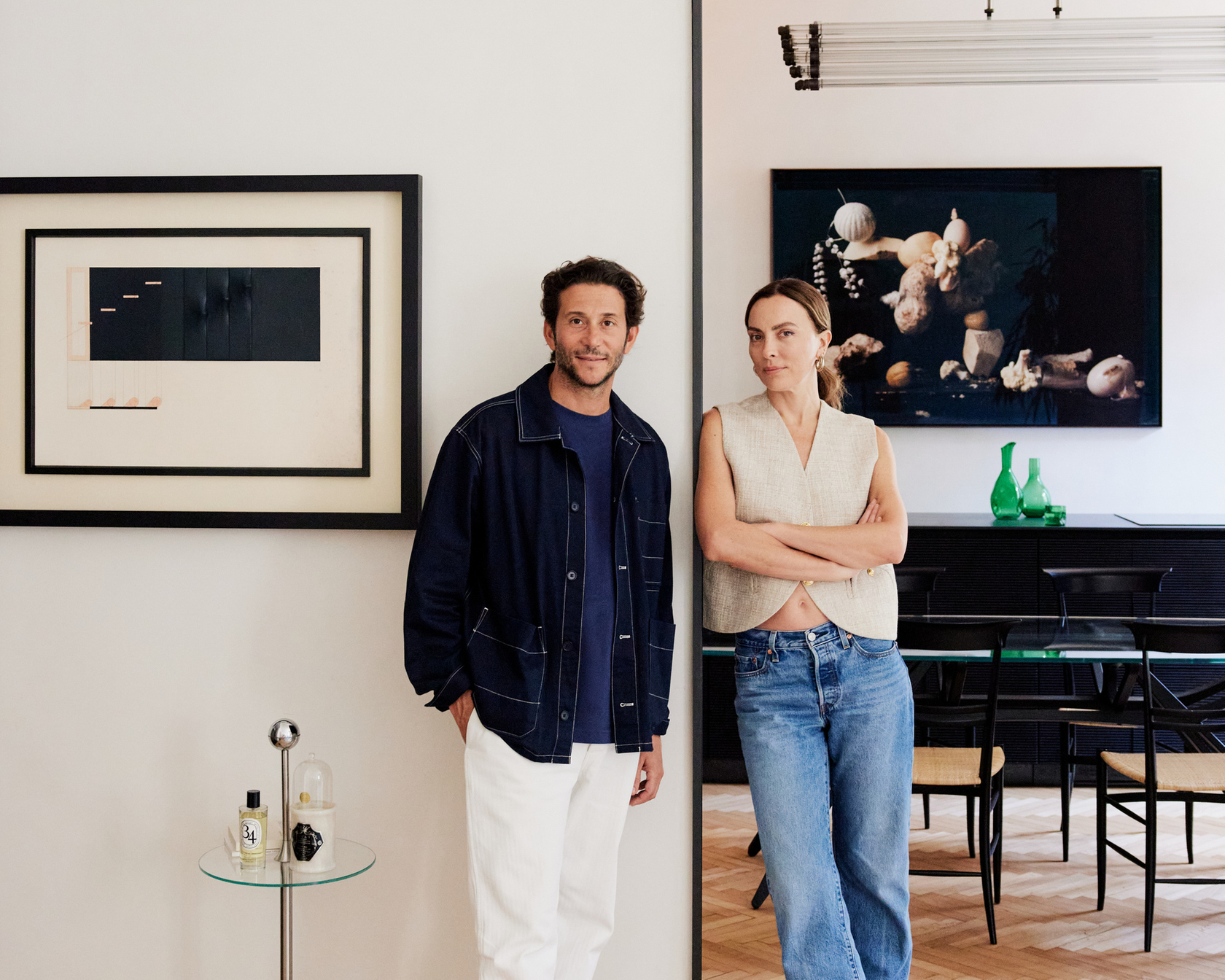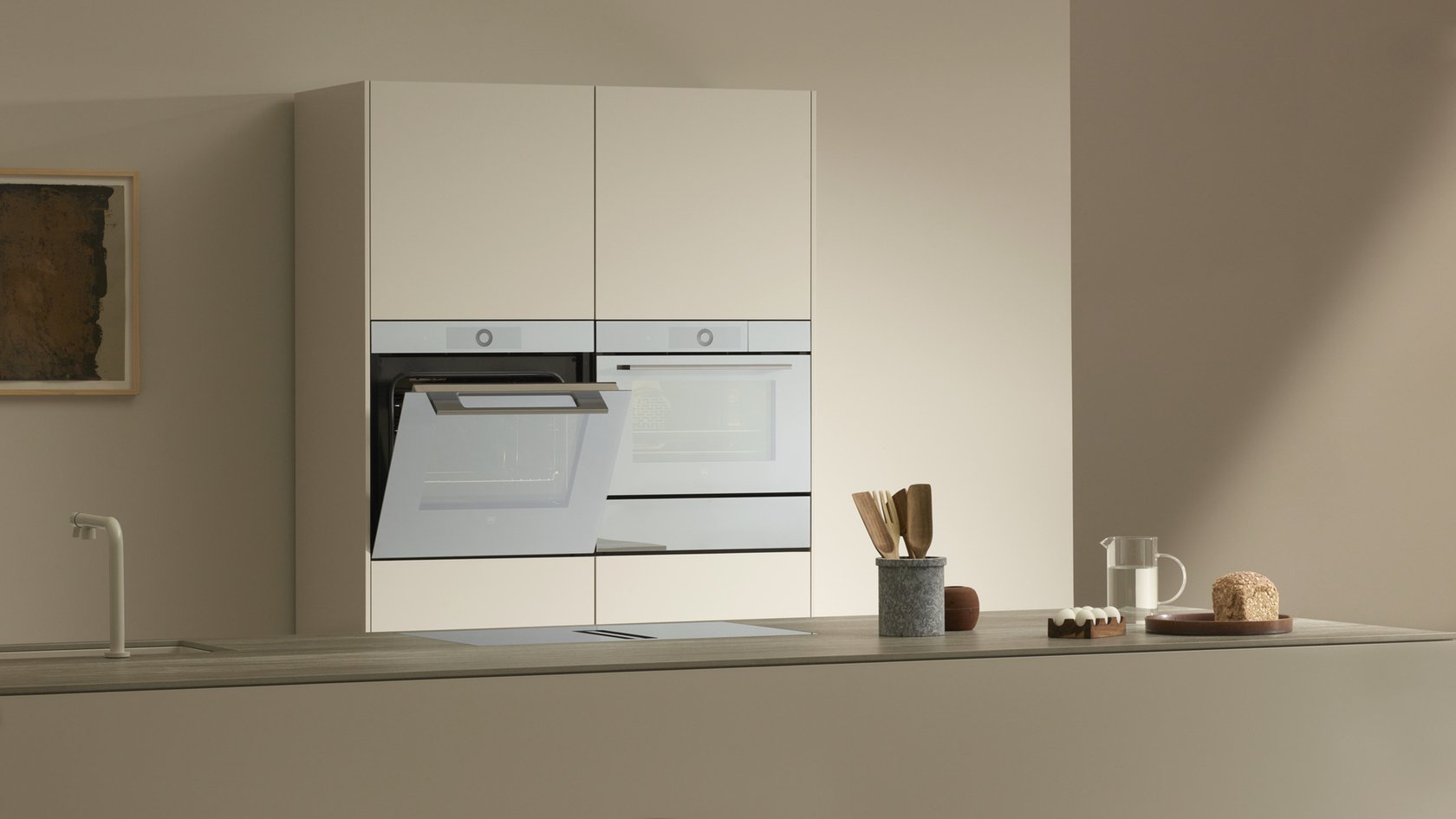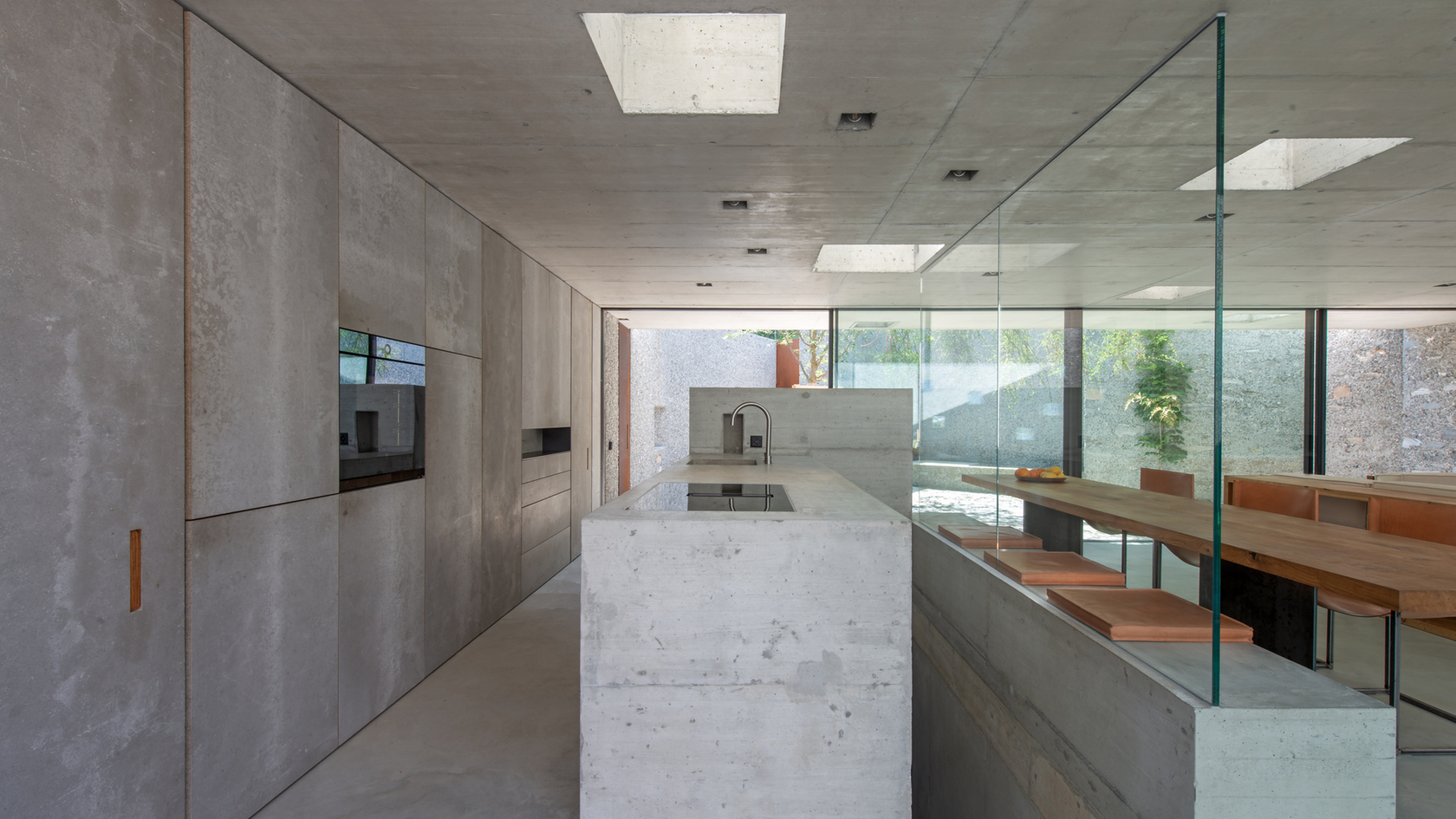Your home dates back to the 1930s. What was it like when you first saw it?
Alessia Bossi: When I first stepped into the apartment, it felt like time had paused. The light, the high ceilings, the original floors, it all had a kind of poetic stillness that I instantly connected with.
Alberto Nespoli: We were looking for a place with a sense of history, something we could appreciate and enhance. We realised that this house had a story we could build upon – which is something that also aligns with my studio’s philosophy: rather than disrupting the past, our philological approach creates a dialogue, sometimes through parallels, sometimes through contrasts.
What kind of changes did you decide to make?
AN: The apartment originally had just one bathroom and a large eat-in kitchen. But contemporary living calls for different needs than in the late 19th century, so we opened up the layout to create a seamless flow between the kitchen and the living room. And since Alessia wanted a proper bathroom, we transformed the former kitchen into a spacious one, complete with a bathtub and every comfort. The apartment had remained mostly true to the original, except for the windows and doors, which had been replaced in the 1970s. The doors you see now were salvaged from a neighbour’s cellar, we restored them to their original condition.
AB: We didn’t want to erase the apartment’s soul, just reinterpret it. We opened up the spaces, softened the transitions between rooms, and worked with a palette of materials that felt tactile, timeless, lived-in. The goal was to honour the history while making it reflect who we are today.
The contrast between past and present seems to be a recurring theme. Which materials or finishes feel most authentic to you, and why did you choose them?
AN: We opted for both traditional materials and contemporary finishings. On the walls, we used lime plaster (grassello di calce) – a soft, textured surface that reflects light beautifully. On the floors, an anthracite resin sits alongside the original Milanese herringbone parquet flooring. It’s a contemporary solution that lets you preserve the original old floors while adding warmth and softness underfoot.
As for textiles – Alessia, do you think your eye for fabrics, shaped by your fashion background, influenced the choices you made for your home?
AB: Absolutely. Fabric is memory, it’s what makes a space intimate. My background in fashion taught me how a weave can evoke a feeling, how a curtain drapes like a dress, how linen softens over time, like your favourite shirt. I chose textiles with that same sensibility: natural, layered, imperfectly perfect.


